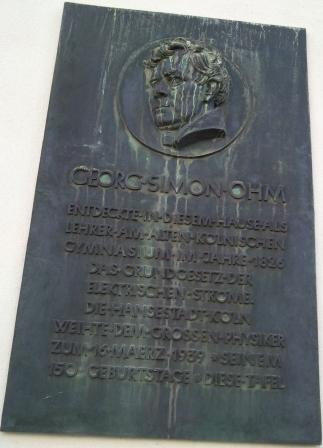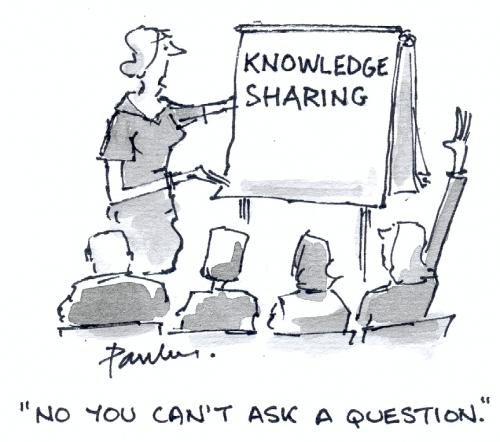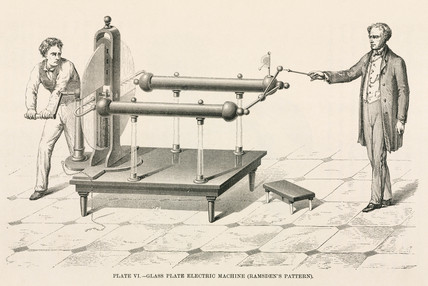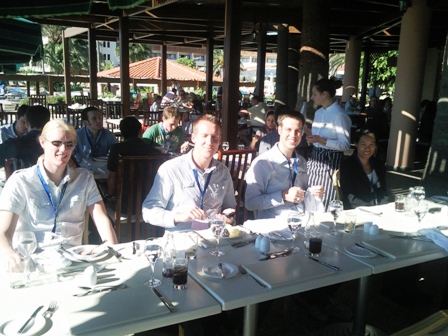Today’s headlines of Science report that a former researcher at the renowned Massachusetts Institute of Technology has been convicted of fraud for fabricating and falsifying data. Recently a well-respected German politician copied about 50% of his PhD thesis without giving proper credits to the author(s) of the original work. He had to return his degree and resigned from the government.

As Editor-in-Chief of IEEE’s Transactions on Circuits and Systems-I, I receive every month a socalled "Prohibited Authors List", indicating authors that have been found guilty of plagiarism or other improper scholarly behavior and that are no longer allowed to publish in one or more IEEE journals. Unfortunately, this list is growing every month.
So, what is driving these scientists to commit fraud or plagiarism? In many cases I believe it is career pressure, as received from employers, peers, colleagues, funding agencies, or even from the researchers themselves. Of course, every scientist is responsible for his own deeds. However, the fact that the pressure may also be coming from outside means that others or other bodies can become partner in crime, too.
First of all, there is the supervisor of young PhD students, who, busy as they may be, force their young pupils to submit manuscripts to journals and conferences and inform them that the degree can only be awarded if they have at least two publications in an internationally recognized journal. There are quite a few universities that even require MSc students to have an IEEE publication before they can graduate for their MSc studies.
Second, there are the employers of (academic) staff members, who, busy as they may be, no longer seem to have the time or no longer spend enough time to properly evaluate the quality of the work conducted and thus offload their responsibility of evakuating to a number of anonymous reviewers who may or may not recommend the work be published. Often it is the number of publications that count more than their real impact.
Third, there are the funding agencies. I have evaluated a lot of project proposals over the past couple of years and one aspect to grade the applicants on is their past performance and reputation. If I have been working in the field myself, then this is a piece of cake, as I know the impact of the work conducted by my peers, at least to a certain extent. However, if you are a member of a jury that decides on, e.g., 20 project proposals of which maybe only one or two are in your field of expertise, then what do you do? I bet most people then resort to counting the number projects and publications with incomprehensible names and titles.
At Delft University of Technology, for a long time a large portion of the amount of funding professors, section heads, department heads and deans would receive from the university’s "1st money stream" depended on, indeed, the number of publications, the number of pages published and the (sometimes perceived) impact factor of the journal. I figured that if everybody at our university would only publish 50% of what he published the previous year, nothing would affect the amount of money received per faculty, department and section and this extra time could be well spent on writing better papers, performing better research and offering better education. Or on just going home on time at the end of the day for once.
Before I sign off, I would like to address young MSc and PhD students. I very well remember a case that I got involved in as editor-in-chief, in which a young, bright, PhD student abroad committed plagiarism. The plagiarism was discovered after the publication was made and, in line with procedures prescribed by the IEEE, I installed a committee to investigate the case and to decide on which sanctions should be applied. When I confronted the young author and his co-authors, of whom two were his supervisors, with the allegation made, the supervisors closed ranks immediately and blamed the PhD student for everything that had gone wrong. Despite my correspondence with the authors and expressing my viewpoint that I held also the supervisors resonsible for what had happened, in the end, the PhD degree was never awarded and the PhD student lost his appointment. I am pretty sure the professors are still there!
So my advice to everybody that is in the process of writing his first major journal paper or conference contribution is the following: please familiarize yourself with the ethical code of conduct of your organization and the publisher. For the IEEE, this code of ethical conduct can be found in IEEE’s Code of Ethics and the IEEE PSPB Operations Manual. In case of doubt, always touch base with your supervisors and/or the editor-in-chief of the journal or technical program chair of the conference you would like to submit your manuscript to. They are there to help. I know one author that contacted me well before he submitted his manuscript. By informing him of the possible consequences of his "reuse of phrases crafted by somebody else", I could prevent him from making a serious mistake by mistake and, fortunately, he still has a bright career ahead of him.
Wouter
 Today I learnt that the junior author of the manuscript submitted to my journal, of which I reported in the blog below, had sent in the cover letter on the senior co-author’s behalf, without the senior co-author knowing it. If true — the whole situation becomes quite confusing and blurred, I feel — then the senior author is not to blame for the whole situation but his junior co-author.
Today I learnt that the junior author of the manuscript submitted to my journal, of which I reported in the blog below, had sent in the cover letter on the senior co-author’s behalf, without the senior co-author knowing it. If true — the whole situation becomes quite confusing and blurred, I feel — then the senior author is not to blame for the whole situation but his junior co-author. 
 The paper "
The paper "
 Last week, I was in Köln, Koeln, Keulen or Cologne (depending on from which country you are) with my family and while on our way to the Dom, Cologne’s well-known cathedral, I bumped into one of the greatest heroes of electric circuit theory: Georg Simon Ohm. The sign says that "George Simon Ohm discovered, in this house, being a teacher at the Old Gymnasium in Cologne, in 1826, the foundation of electric current."
Last week, I was in Köln, Koeln, Keulen or Cologne (depending on from which country you are) with my family and while on our way to the Dom, Cologne’s well-known cathedral, I bumped into one of the greatest heroes of electric circuit theory: Georg Simon Ohm. The sign says that "George Simon Ohm discovered, in this house, being a teacher at the Old Gymnasium in Cologne, in 1826, the foundation of electric current."  There was a very interesting lecture from dr. Firat Yazicioglu yesterday. This lecture, entitled Analog Signal Processing for Bio-Medical Applications, was at IMEC Belgium in Leuven. However, Biomedical Group members attended the lecture online, using streaming technology. The lecture was real-time projected in the Davidsezaal at the 18th floor of our building at Delft University of Technology (TU Delft). As I really enjoyed the lecture, I would like to share a few main points with you.
There was a very interesting lecture from dr. Firat Yazicioglu yesterday. This lecture, entitled Analog Signal Processing for Bio-Medical Applications, was at IMEC Belgium in Leuven. However, Biomedical Group members attended the lecture online, using streaming technology. The lecture was real-time projected in the Davidsezaal at the 18th floor of our building at Delft University of Technology (TU Delft). As I really enjoyed the lecture, I would like to share a few main points with you. Besides many research related posts on this weblog, there is another important aspect in universities: education. Currently the spring examinations take place. It is time to see if our efforts in introducing the students into the exciting world of transistors were good enough. Today I was supervising a retake of a first year BSc-course. In order not to get too bored, I printed out a bunch of papers to read through…
Besides many research related posts on this weblog, there is another important aspect in universities: education. Currently the spring examinations take place. It is time to see if our efforts in introducing the students into the exciting world of transistors were good enough. Today I was supervising a retake of a first year BSc-course. In order not to get too bored, I printed out a bunch of papers to read through…
